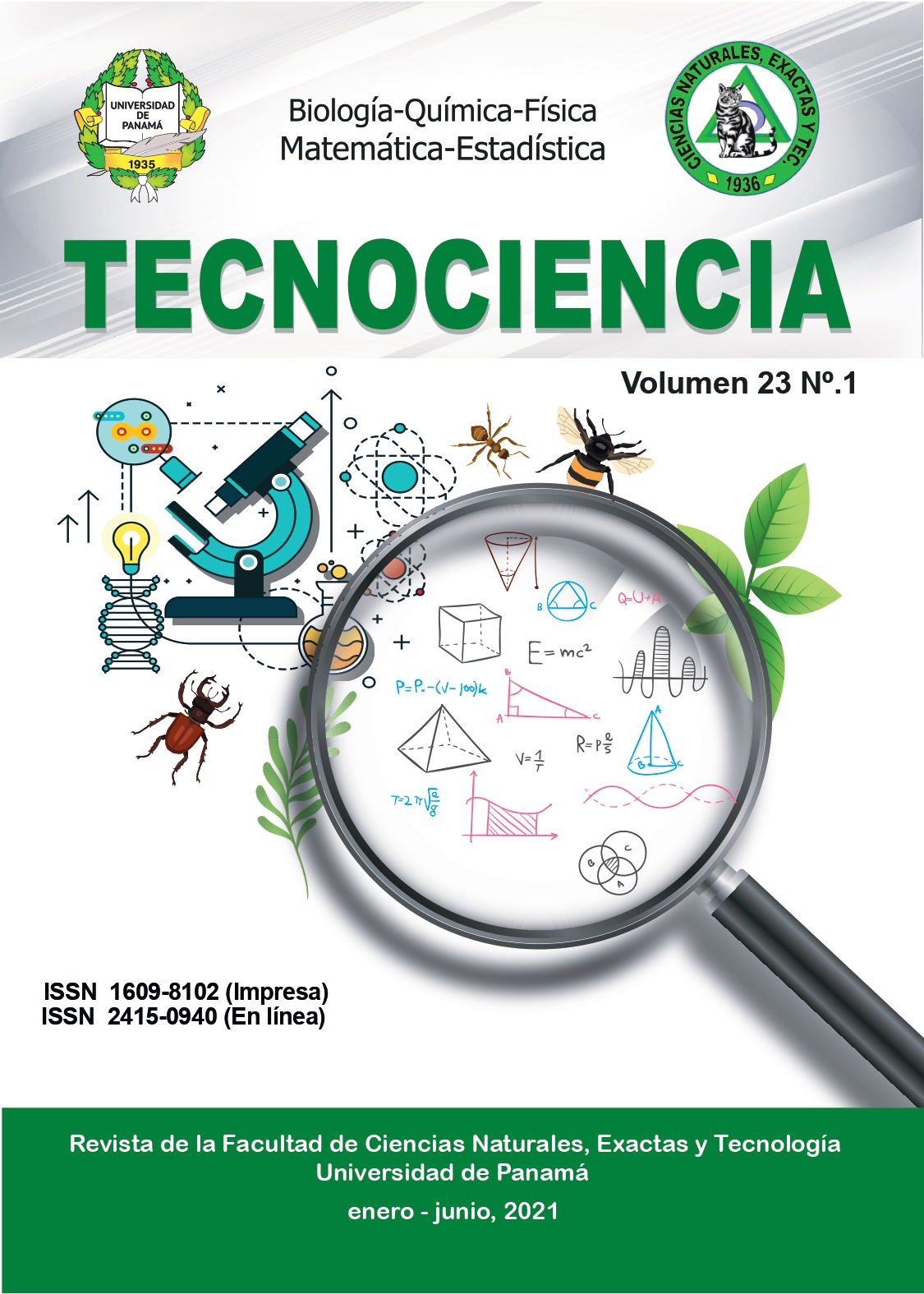

Snakes, like fungi, are organisms that over time have been stigmatized, thus not allowing to know and value their role in the biological processes in which they intervene. This research was intended to determine the main groups of filamentous fungi that cohabit with quarantined snakes at the Center for Research and Responses in Odiology of the University of Panama (CEREO). The same, was carried out having, as study subjects, 9 snakes belonging to various genera, which were quarantined, this sample was performed a mycological analysis, using classical microbiology techniques, based on the recognition of the genera found in morphological comparisons. The analysis of the mycobiot of quarantined snakes in CEREO is intended as the main objective, to establish by comparing isolated morphotypes the main populations of filamentous fungi that are present in the sample; implementing microbiological techniques (isolation, selection and purification of samples). The microscopic characterization and identification was performed using the microculture technique in PDA, V8 Agar and water Agar, using the taxonomic keys, based on observations of fungal and reproductive structures, which allowed identification only to gender. The main groups of isolated fungi are represented by the following genera, Penicillium, Curvularia, Aspergillus, Fusarium and Cladosporium; which are fungi typically found in soil, this pioneering study in our country lays the methodological and procedural basis for the analysis of filamentous fungi in ofidia and the possible relationships that might exist between these two groups of organisms.